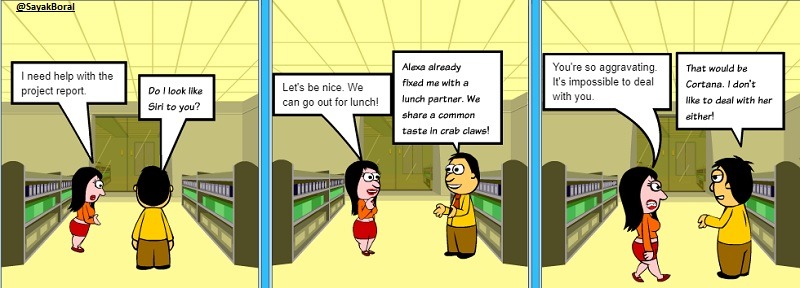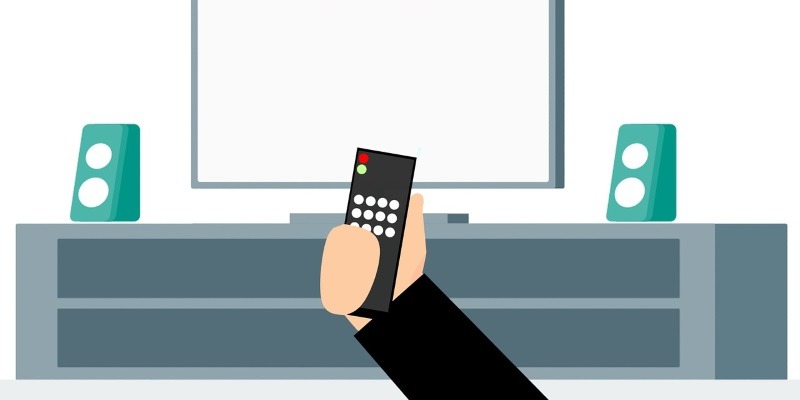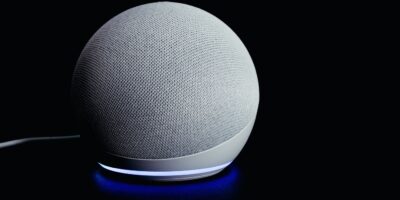
Many of us have mixed feelings in regards to voice assistants. While their presence is quite welcome in a few areas, such as with GPS route guidance, sometimes we find these human replacements annoying, intrusive and of absolutely no help at all.
However, it really doesn’t matter whether we love or hate voice assistants. In the end they know they are the special forces behind IoT mass adoption. (Some of the AI humanoids might actually have that kind of cognitive awareness.)

Clearly, there are many roles voice assistants fulfill where human involvement is neither desirable nor necessary.
What Are Voice Assistants?
Voice assistants, by definition, are software agents which use voice recognition, machine learning, artificial intelligence (AI), natural language processing (NLP) and speech synthesis. With these skills they offer guidance, support and thoughtful behaviors.
Voice assistants have a standard greeting also known as a “wake word”: for example, “Hey Alexa!”
These agents can control home automation, manage tasks based on verbal commands and play back rich media. Chatbots are the predecessors of voice assistants in some ways, a more primitive form of online interactions.
What Are the Types of Voice Assistants?
Many of us know voice agents from our interactions with Siri, Cortana, Alexa or Google Assistant. In fact, they are becoming quite ubiquitous these days.

However, the actual number of voice assistants is quite huge. Here are a few of the others.
- Samsung Bixby: Works with Samsung S Voice from Galaxy III onwards. It can control IoT devices, including Samsung electronic appliances.
- Braina: Works on Windows computers and is far more capable of tasks Cortana was trained for.
- Dragon Mobile Assistant: A sophisticated agent for completing your office tasks.
Why Voice Assistants Are Needed in IoT
Controlling devices using speech is absolutely important at every stage of IoT development. Voice assistants are a natural fit in various aspects of IoT management including with homes and industries.
But the biggest impact lies in controlling device updates on distant edge networks.

For example, the current strategy of managing updates in sprawling IoT networks is through a container-based microservices approach. Usually images are sent across for updates in edge or fog devices.
With custom-built voice assistants, IoT system admins can have a better handle on their overall networks.
In the healthcare industry, voice assistants can improve patient safety by reading labels, administering insulin and adjusting records. Currently, all healthcare apps such as MyFitnessPal use voice assistants to make people exercise regularly and manage their diet programs.

If you are working in mining and oil/gas industries, voice assistants already manage access control to sensitive plant areas
In retail, voice assistants can prevent stealing of merchandise. After all, compulsive shoplifters are more likely to pay attention to a stern voice rather than CCTV cameras.
Are Voice Interfaces More IoT-Friendly than Visuals?
According to a Gartner survey, people still prefer web browsing to voice. However, by 2020 voice is expected to command 30 percent of all browsing interactions.
In the realm of IoT, voice interactions may have more currency because of ease and convenience.
Ask yourself this question: would you rather manage your smart television or fridge with a mobile app or a simple voice command?

The same Gartner source above states that mobile apps may decline in popularity. It is not surprising any longer. After all, there are only so many apps you can fit in your phone without losing patience.
Wrapping Up
For many kinds of online interactions, voice agents offer a more advanced supporting role rather than text inputs or visuals.
Maybe it is because human beings prefer the company of other people. There is a certain element of interactivity and human touch in contextually aware AI virtual agents.
As they acquire character and depth thanks to machine learning and behavior analysis, virtual agents may cross the final frontier and become instrumental in every aspect of IoT.
What are your opinions of voice agents? Do you view them unfavorably? Let us know.








